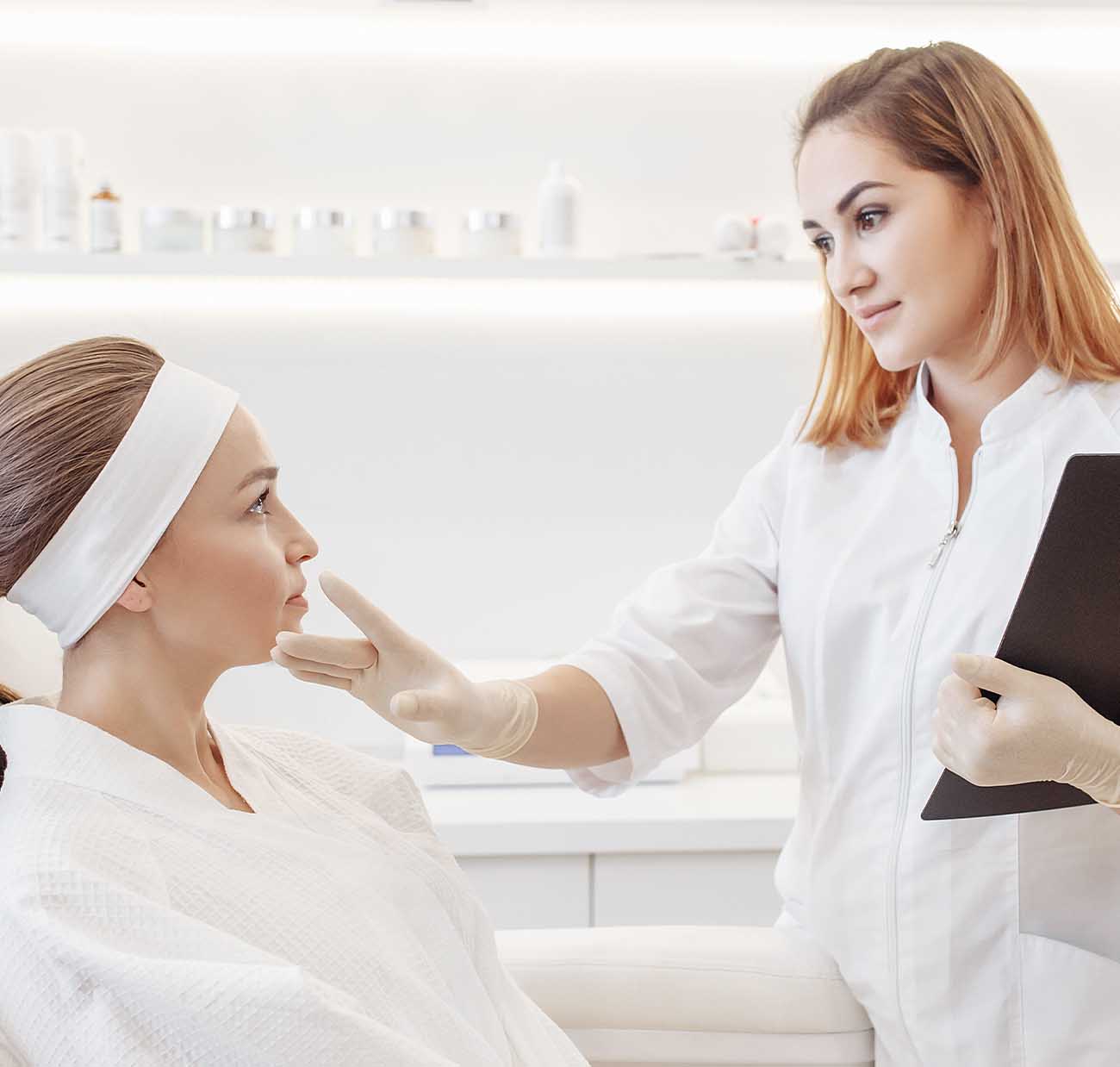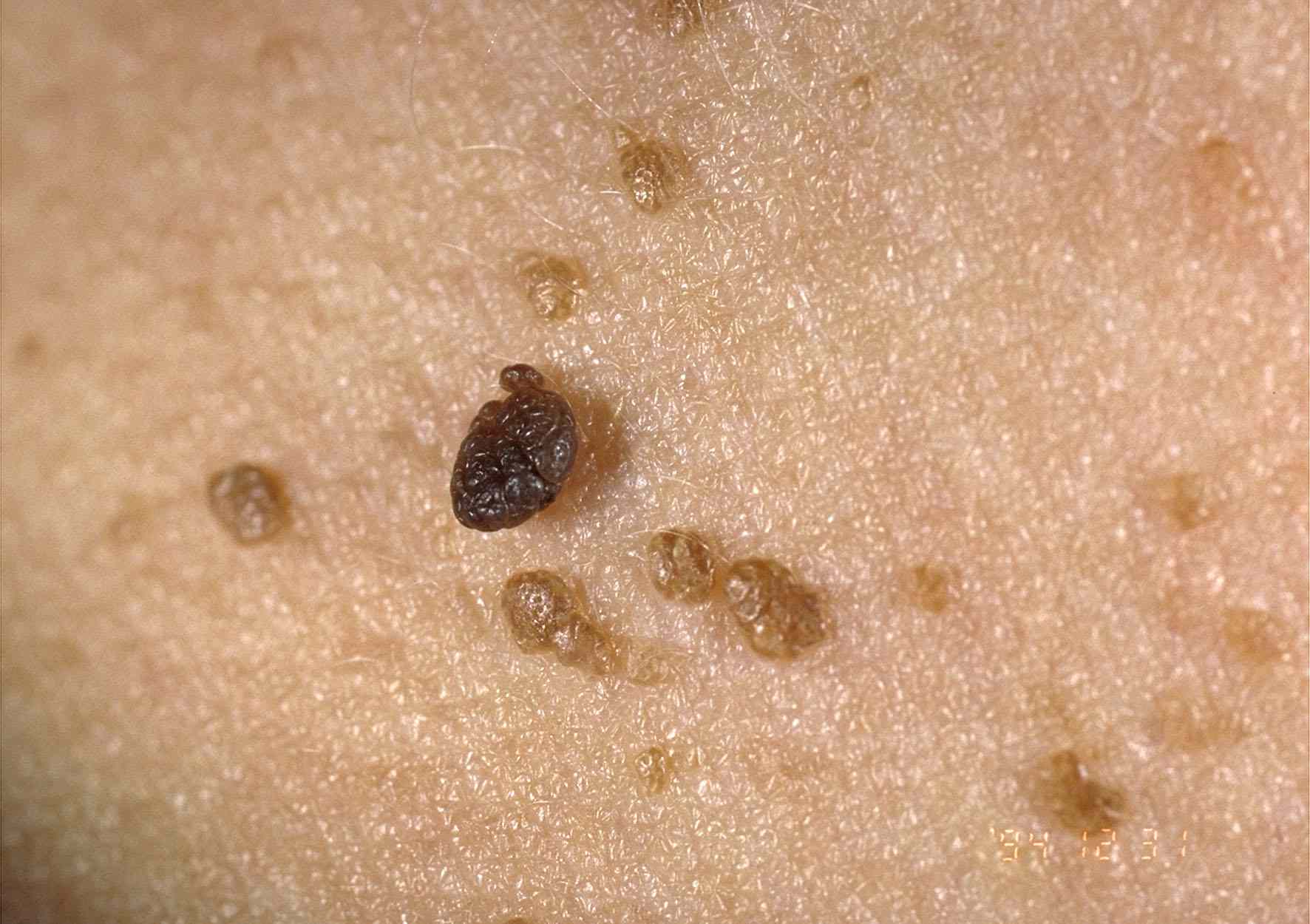Seborrhoeic Wart Removal
A seborrheic keratosis is a common, benign skin growth that is most often found in older populations but can also be found in younger individuals. It typically takes the shape of a round but rough growth, varying in colour between a dark brown, tan, or skin-coloured, with a “stuck-on” appearance. These growths usually appear on a person’s face, shoulders, chest, and back, and while they can develop at any age, they will be most noticeable in someone past the age of 50. While these growths are benign and considered harmless, they are often removed for cosmetic reasons.
Seborrheic keratoses are harmless benign skin growths, so removal is considered elective. However, they are often perceived as cosmetically bothersome due to their rough and discoloured appearance. Some individuals have numerous seborrheic keratoses on the face or back, which causes the skin to appear rough in texture and uneven in colour. At Devonshire Dermatology, we have a variety of treatment options to assist in minimally invasive cosmetic removal of seborrheic keratoses.
Although seborrheic keratoses themselves aren’t cancerous, it is important to follow up with a dermatologist if there are changes to any growths, such as rapid growth, colour changes, bleeding, or problems with healing.
To discuss what the best treatment option for your seborrheic keratosis, schedule a consultation at Devonshire Dermatology. We pride ourselves on delivering results that restore and enhance the natural beauty of your skin. When you’re in our care, you get the expertise of trained professionals committed to your overall well-being.


Consultation
- Detailed history of your skin concern
- Total skin examination
- Holistic assessment of your health
- Diagnosis
- Discussion of treatment options
- Personalised treatment plan
- Treatment
FAQs
There are 3 options for the treatment of Seborrhoeic Wart Wart Removal:
Advanced Electrolysis
Cryosurgery
Laser treatment
See answer

Anyone who suffers from Warts including Seborrhoeic Keratosis.
Anyone who has just one wart or multiple clusters of warts, on face or body areas.
See answer

There will be a mild burning sensation on the skin when the wart is cauterised. There may be residual stinging after the wart has been removed. You may apply some numbing cream to the area before treatment. This will make the treatment pain free and comfortable.
See answer



